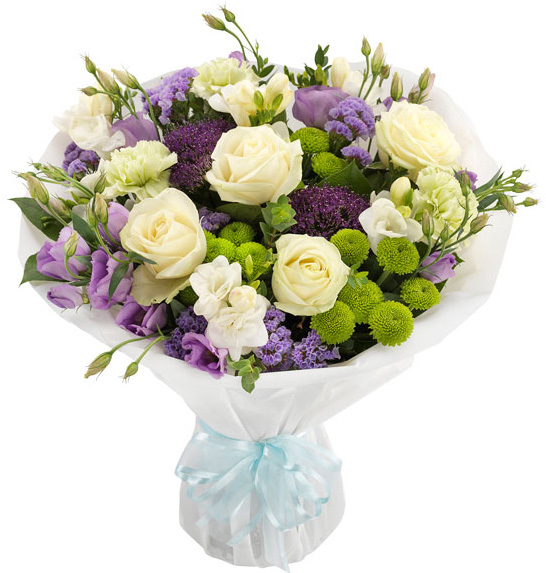The British may be popular for grumbling about the weather condition, and not without excellent factor, however the advantages of all that drizzle are the green fields, leafy trees and beautiful flowers which fill our gardens in summer. What chocolate box is complete without a cover portraying a nation garden, with a riot of color in its garden borders? What tourist brochure cannot reveal fields of poppies, buttercups and cow parsley to record the very best of England? We may grumble about the lack of sunlight, however fantastic summer gardens are made by cloudy days with ample sprinklings of warm rain.
Some of us might be fortunate enough to live in a house with a substantial garden. The actually lucky will likewise have assistance in the form of a retired partner, or a part-time garden enthusiast to help with the work that preserving such a garden involves! However how excellent the reward is when you finally take a seat and take pleasure in the distinct environment you have created. Traditional herbaceous borders are usually the focal point of a garden, with a continuous array of colors, textures and heights. Tall blue delphiniums, clumps of pink and lilac lupins and bright red arches of crocosmia might form the background to echinacea, penstemons, shasta daisies, flat yellow achillea heads and unique day lilies. To the front of the border, mini alstromeria will flower perpetually from spring to fall. Exactly what is most surprising in a summertime border is that colours that should never be seen together look great in the world of flowers. Stunning pink, golden yellow, scarlet, orange and purple all mix together and look stunning. In summer season gardens there are no taboos!
Herbaceous borders are understood for their color, however often those planted in a color theme are the most attractive and fascinating. Purple and yellow appearance absolutely spectacular together, or pink, lilac and white for a softer, more romantic appearance. Despite the fact that colour is the function of the seasonal border, a liberal sprinkling of green plants may include contrast to further emphasize the stunning flowers. Alchemilla mollis has lime green leaves which are delicately frilly – a flower-arranger’s dream, or consider variegated hostas which also produce a few spikes of blue in the summertime. Red and green headed sedums and hellebore add their own contrast to their brighter equivalents.
This year’s brand-new plants at the RHS Flower Show at Hampton Court Palace featured lots of ‘black’ flowers and stems, and they looked great in mixed flower beds. Obviously many of the plants were not really black, more a dark burgundy, however these beautiful plants did make a talking point and looked stunning in blended planters. Keep an eye out for the brand-new black poppies with their floppy petals, black dahlias, sweet-faced black pansies and even black leafed water lilies. The pepper plant ‘Black Pearl’ has excellent dark leaves contrasting with its purple flowers; black stemmed lobelia has scarlet flowers and there is a brand-new euphorbia now offered called ‘Blackbird’.
The best aspect of a perennial border is that, when planted, it will not cost loan to plant every year. As foreseeable as the seasons, up will grow new shoots each spring and the gardener’s task is one of dividing and thinning instead of planting and weeding, to keep it taking a look at its finest.
Other summer classics are sweet peas, fantastic as a screen and for cutting; clematis which now can be found in many shapes and sizes; lilies with their glorious aroma, and roses. A real English garden must discover space for a climbing rose at the minimum, if not a full-blown rosebed. Although roses do not impress from a distance, up close each flower is a true artwork. Not surprising that they are the favourite flower of artists. Contribute to that the range of colors and the fragile, sweet fragrance and you can comprehend why roses have actually been a summertime favorite for centuries.
Summer season is likewise the time for annuals to make their launching, having actually been raised and nurtured through the frost to lastly be transplanted into beds, flowerpot, hay baskets, troughs and hanging baskets. District parks make a few of the best flower beds to brighten roundabouts, yard edges, park beds and town squares. Geraniums, begonias and fuchsias may be edged with white alyssum, blue lobelia, busy lizzies (which flower even in the shadiest areas), bright marigolds, nasturtiums, petunias and pansies. There is constantly something new, even among the old favorites. Try to find new colours in these old stalwarts and plant them for a modification.
Even those with the smallest garden or balcony can consist of some summer flowers for color with little expense and problem. Ready-planted tubs can be purchased from nurseries as well as from the local supermarket. All they require is an everyday watering and some weekly fertilizer to maximize the flowering period. If you have an ideal container already, such as a tin pail, a little wheelbarrow, or a sizable container then make your own special flower screen. Pick a main centerpiece, possibly a geranium, big begonia or a spiky-leafed dracaena then edge it with two or three little annuals, repeated around the edge. Remember to include a contrast of colors, textures and some trailing plants too such as variegated ivy, routing lobelia or surfinias to soften the edges.
Another way to appreciate the bounty of summertime flowers is to go to among the many manor houses and gardens which are open to the public. These homes constantly have formal gardens and a group of gardeners to keep them looking their best. Numerous properties have yards with borders, established blooming trees, superb increased gardens, arbours, water features and Waitrose flowers. Keep in mind to take your video camera with you and bring home lots of ideas for your next summer season gardening job!




